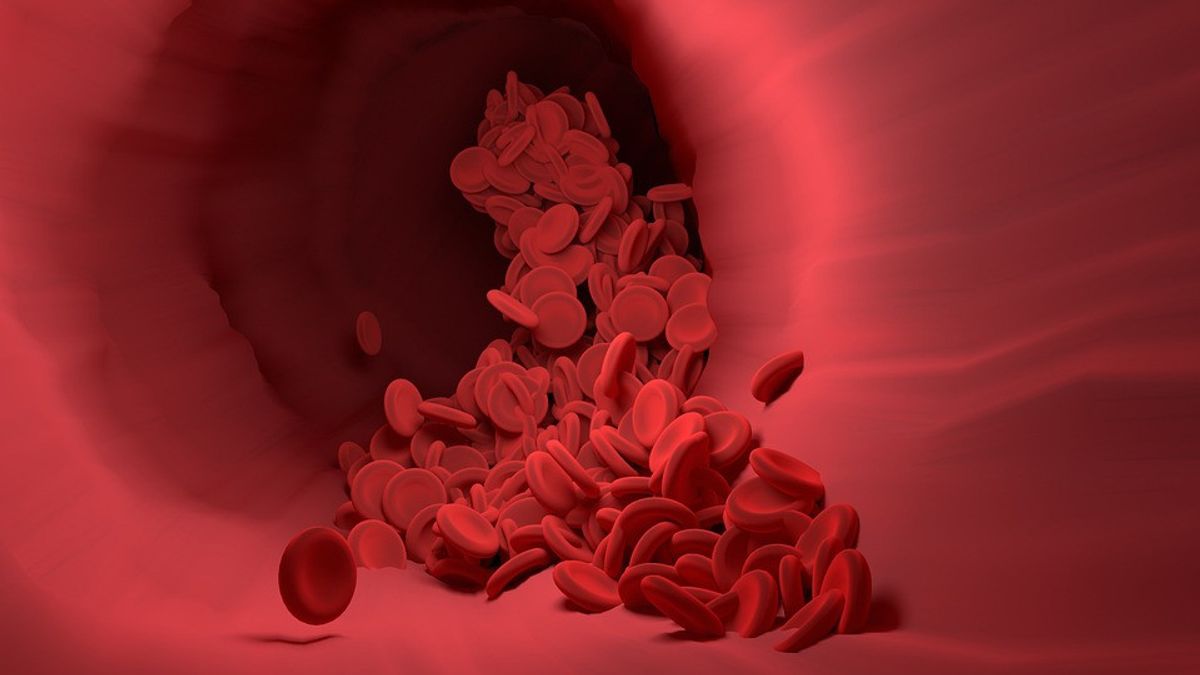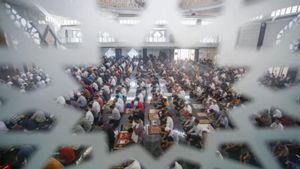YOGYAKARTA Some of us may not yet know the large and small blood circulation system. In fact, both are part of a very important blood circulation system for the human body.
Please note, the blood circulation system is an organ system that functions to move certain nutrients and substances through blood flow.
Circulation of blood circulation is divided into two, namely a large and small blood circulation system. These two systems guarantee human survival by flowing blood to all organs so that they can function normally.
The blood circulation system involves three components in the body to bring oxygen to all body cells. The three components are blood, blood clots (artery and veins), and heart.
The arterial blood vessels are in charge of flowing blood from the heart throughout the body. While the veins blood vessels are in charge of collecting blood that has passed through the exchange of gas in the lungs and returning it to the heart.
So, what is a large and small blood circulation system? Let's look at the full information below.
1. Large Blood Circulation System
The large blood circulation system or systemic circulation is a circulation system that drives blood between the heart and the whole body. This system circulates blood that contains oxygen throughout the body and restores blood that is deoxygenated back to the heart.
The oxygenated blood will enter the left atrium of the pulmonalis veins. Next, blood is pumped through the mitral valve into the left ventricle (heart booth). From the left ventricle, blood is pumped through the aorta valve and enters into the aorta which is the largest arteries in the body. For gas exchange and nutrients with body tissue occurs inside the capillary flowing through the tissue.
The large blood circulation system keeps the metabolism of each organ and every tissue in the body alive, except for the lung parenkim supplied by the pulmonal circulation (small blood circulation system).
2. Small blood circulation system
The small blood circulation system or pulmonal circulation is the bloodline from the heart to the lungs, then back to the heart.
Pulmonal circulation transports blood that does not contain oxygen to the lungs to absorb oxygen and release carbon dioxide. Blood already filled with oxygen will flow back to the heart,
In the lungs, blood flows through capillary vessels in alveoli. Alevoli itself is the place where gas exchanges occur to remove carbon dioxide and increase blood oxygen.
The oxygenated blood then leaves the lungs through the pulmonalis veins, which returns it to the left atrium or the pulmonal circuit. When the pulmonal circuit ends, systemic circulation begins.
From the explanation above, it can be concluded that the large blood circulation system has a higher pressure than the pulmonal circulation.
Systemic circulation flows start from the heart, then are circulated throughout the body. As for the pulmonal circulation, blood flows from the heart to the lungs and then returns to the heart.
That's information about the large and small blood circulation system. Hopefully this article can add insight to the loyal readers of VOI.ID.
The English, Chinese, Japanese, Arabic, and French versions are automatically generated by the AI. So there may still be inaccuracies in translating, please always see Indonesian as our main language. (system supported by DigitalSiber.id)













